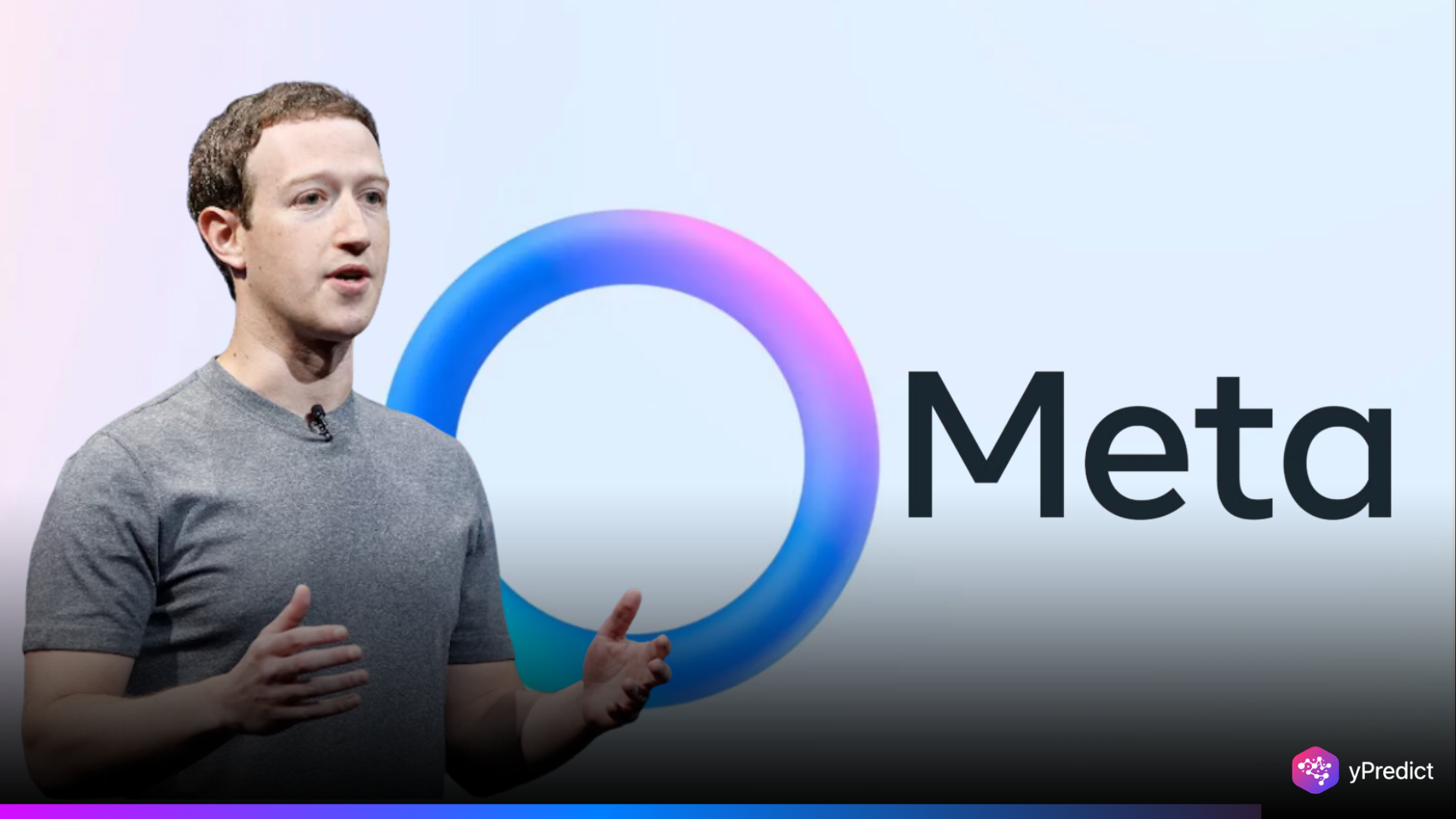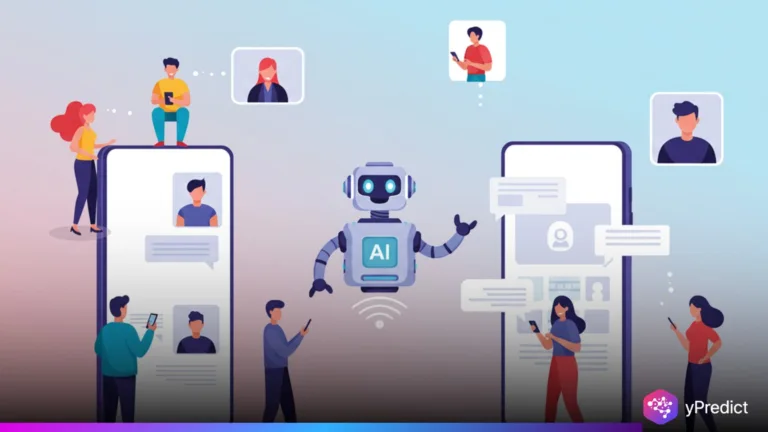
Meta has introduced its first standalone Meta AI app. The most recent Llama 4 large language model powers the app, which was revealed at the first LlamaCon developer conference. It is free to use on iOS and Android and combines a conventional AI assistant experience.
This app focuses on AI-generated content and has a dynamic, Instagram-like interface. This is opposed to its previous integrations in Instagram, WhatsApp, or Messenger. The goal is to redefine human-AI interaction through features like voice mode, image creation, and web search.
Exploring Unique Features of Meta AI App
On X, Meta confirmed the transition to a standalone Meta AI app. It signals its intent to create a more focused user experience. Users can sign in using their Meta credentials or quickly set up an account through Instagram. It is currently completely free, unlike OpenAI’s ChatGPT or Perplexity, which have subscription fees. Both text and voice input are supported, which allows users to interact naturally while browsing or multitasking.
Additionally, the AI assistant adjusts to users by using information from Facebook and Instagram to customize responses based on user preferences and past behavior. Meta’s most advanced AI model to date, Llama 4, promises to provide extremely relevant responses. It aims to give conversations a more human and contextual feel.
Can AI and Social Media Blend Seamlessly?
The Discover tab, a scrollable social feed with user-generated photos and animations, is what makes the Meta AI app unique. This feed features well-known AI outputs, transforming casual chatbot use into a community-driven content experience.
Users can also ask the AI to generate or edit images through text or voice. It’s equipped with celebrity-like voice options, including John Cena, giving it an engaging personality. Users can review past queries in a history section, which aids in tracking their interactions with the AI assistant over time.
Voice Mode Unlocks Human-Like AI Interaction
The inclusion of voice mode adds a whole new layer of immersion. The assistant can mimic real-time conversations by listening and responding in real time thanks to Meta’s full-duplex system. Although this feature is still only available in certain regions, it has enormous potential. It will be particularly useful for hands-free communication while working, driving, or cooking.
Meta emphasizes that this voice mode is more than just a gimmick. Adding intelligent contextual awareness and real-time responsiveness is part of its goal to change the paradigm. This evolution supports the company’s mission to humanize AI interactions across platforms.
Meta’s Long Game in Consumer-Facing AI
Meta’s long-term goal with the Meta AI app is not just to rival other assistants but to transform how people engage with artificial intelligence. The platform’s social elements create a unique user experience. It is making it less of a tool and more of a digital companion. Meta intends to introduce new language support, deeper integration with its hardware ecosystem, and wider worldwide availability, with ongoing updates anticipated.
Meta sees its AI offering as a focal point for innovative and useful use cases. Professionals searching for tools to increase productivity and art enthusiasts will find it helpful. As it refines features like voice mode and content personalization, the Meta AI app is poised to influence the next wave of consumer-facing AI.
What Does Meta’s AI Future Hold?
The Meta AI app is a bridge between social connection and intelligent computing. Meta is putting itself at the forefront of consumer AI with its expanding user base, sophisticated AI assistant features, and support for real-time voice mode. This move underscores its technological ambitions and also highlights a deeper shift.






